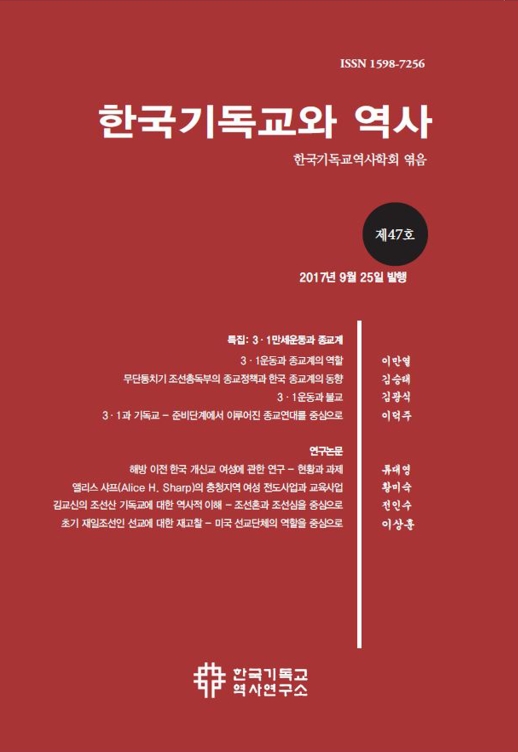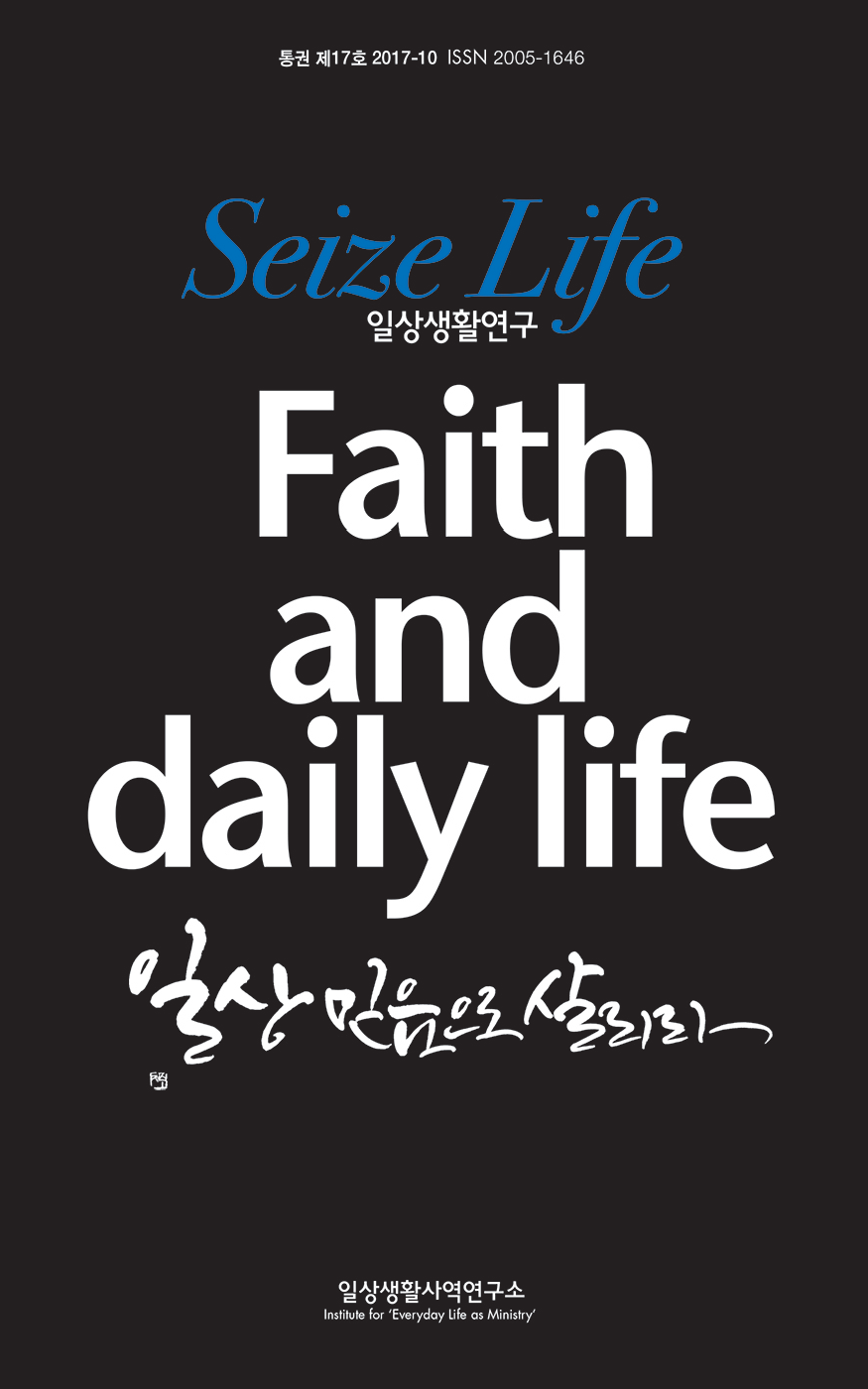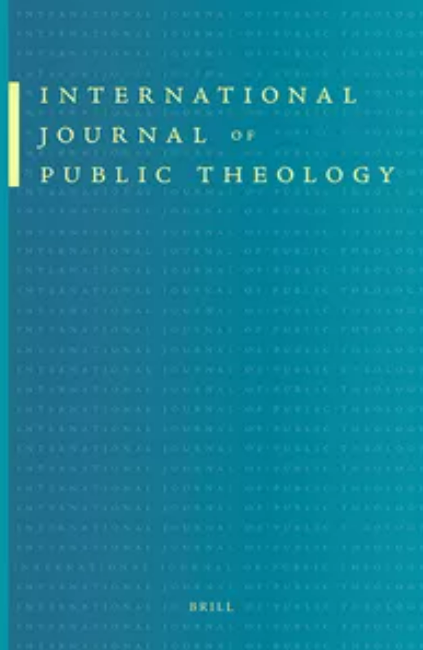본 연구는 3·1운동이 일제의 모든 집회·결사의 자유를 억압한 무단통치 하에서 어떻게 거족적 민족운동으로 전개될 수 있었는지에 주목하며, 그 중심에 있었던 종교계의 역할을 규명하고자 한다. 천도교, 기독교, 불교 등 종교계는 일제가 허용한 유일한 합법적 조직 공간을 활용하여 운동을 계획하고 연대했다. 이들은 독립선언서 작성과 서명, 전국적 연락망 구축, 초기 시위 동원 등 운동의 발화 과정에서 결정적인 역할을 수행했다. 본고는 3·1운동의 역사적 의의가 단순히 독립을 요구한 것을 넘어, 왕정복고를 지향하던 기존의 독립운동 노선을 폐기하고 국민이 주인이 되는 ‘민주공화정’ 이념을 대한민국의 건국 원리로 확립했다는 데 있음을 강조한다. 이러한 정치체제의 근본적 변혁을 이끌었다는 점에서, 본 연구는 3·1운동을 단순한 ‘운동’이 아닌 ‘3·1혁명’으로 재평가해야 함을 제안한다.
This study investigates the pivotal role of the religious community in the March 1st Movement, focusing on how a nationwide independence movement could emerge under the Japanese colonial government's "military rule" (Mudan Tongchi), which suppressed all freedoms of assembly and association. Religious groups, including Cheondoism, Christianity, and Buddhism, utilized their status as the only remaining legal spaces for organization to plan the movement and build solidarity. They played a decisive role in the initial phase, spearheading the drafting and signing of the Declaration of Independence, establishing a national communication network, and mobilizing the initial protests.This paper argues that the historical significance of the March 1st Movement transcends the demand for independence; its most crucial contribution was the establishment of democratic republicanism as the founding principle of the future Korean state, thereby discarding the previous goal of restoring the monarchy. By bringing about this fundamental transformation in political ideology, this study proposes that the March 1st Movement should be re-evaluated not merely as a "movement," but as the "March 1st Revolution."







